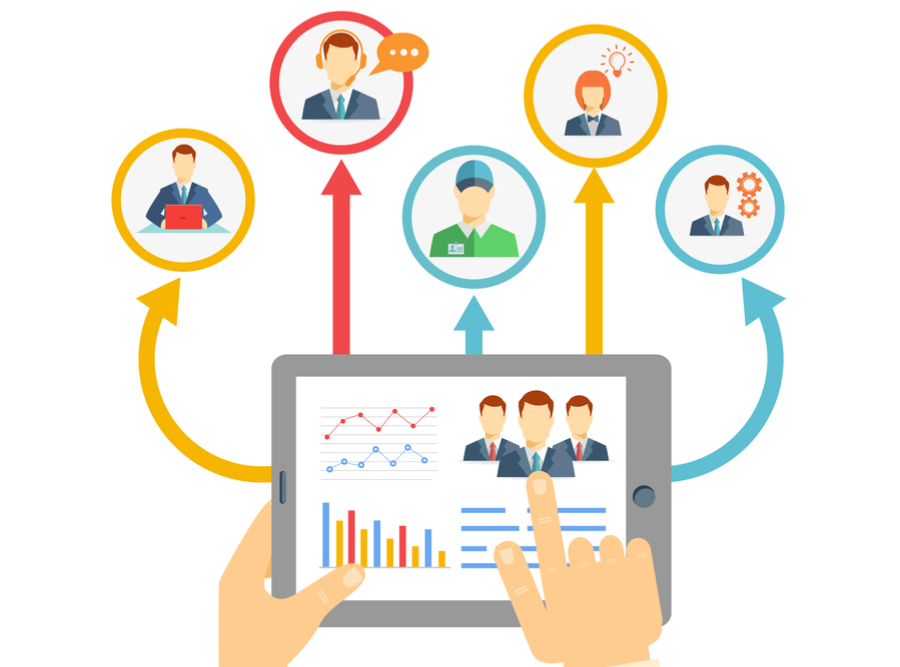Manufacturing guru and statistician, W. Edwards Deming, encapsulates a data-driven mindset. He says, “In God we trust, all others must bring data”. Therefore, in this age where the customer is considered as king, data is an organization’s most valuable asset, and customer analytics is the key that unlocks the value of that asset.
Customer analytics is the systematic examination of customer information. Analytics professionals mine data to identify and quantify the impact of customer pain points, to deliver personalized and superior experiences. Recently, customer analytics has become the most critical technology investment for enhancing CX. For example, organizations use analytics to improve product development and service delivery. Some financial services use analytics to prevent compliance and regulatory issues.
The trend towards investment in this technology is increasing. Therefore, it is important for organizations to consider not only the growing number of channels and interactions but also the increased volumes and connections that arise from the different data types in order to create a holistic customer experience.
Key factors of customer analytics that shape the future of CX
Real-time Responses
It is the ability to recognize and react to current business conditions in real-time. This involves understanding the customers’ quality of experience and interactions through specific touchpoints and addressing them with instant and appropriate actions. In business, faster responses mean the resolution time starts more quickly, which improves the decision quality.
For example, real-time offers can be ten times more effective than traditional outbound campaigns. To provide faster responses, organizations must understand the customer's ‘tolerance window’. As more time elapses before he gets a response - the more irritated he gets, and might abandon the transaction. However, if the response times are faster, it is more likely the customer would complete the transaction. Also, organizations have to remember, that the cost of providing analysis within a shorter time frame is expensive. Therefore, organizations must find an ideal point where the response is fast enough to please the customer and at the same time keep the cost at bay.

Customer Journey Analytics
According to Gartner, customer journey analytics is “the process of tracking and analyzing the way customers use combinations of channels to interact with an organization and covers all channels present and future which interface directly with customers.” Simply put, customer journey analytics is the process of tracking and analyzing the way customers use a variety of available channels to interact with an organization.
Journey analytics help organizations to understand exactly what the customer thinks and feels at each step of the journey. This means that alignment between disparate business units is critical for a successful implementation. To visualize all the possible journeys that a customer can take, a journey map is useful. Journey maps provide a detailed description of the path a customer takes to achieve his goal. Though the forms of the maps may be varied, they should contain both anecdotal and statistical evidence.
Interaction Analytics
It captures interactions across any channel such as voice, text, email, chat, surveys desktop applications and social media. However, one should remember that such interactions are free in form and unstructured in nature making it more difficult to analyze. Among this unstructured data lies a lot of valuable information that can be gleaned and converted into well-structured information for analysis. Interaction analytics allows organizations to have a 360-degree view of customers and helps in better understanding their journeys. Equipped with such actionable insights, organizations can keep their customers more engaged and provide an improved customer experience.

Conversational Commerce
It enables transactions to occur between an organization and its customer via messaging applications such as chat, SMS or other natural interface such as bots. These bots can handle payments, ensure delivery, and provide customer service. Bots are used to tailor the conversation toward each individual customer’s needs. This is based on their historical data patterns, preferences they have expressed, recommendations given by the brand and so on. This also removes the need for dedicated apps as most interactions go through a bot that allows users to chat in a friendly manner, removing all friction.
But, organizations must remember that deploying a conversational commerce solution has to fit with their other physical and digital channels that are already in place. The tone, and look and feel of the interaction with the bot must be in sync with what is being delivered by their email or SMS channels.

Artificial Intelligence
AI represents new opportunities as well as challenges for analytics leaders to spearhead proactive customer engagement. Artificial intelligence includes many technologies such as voice recognition, natural-language processing and image processing. The rise of the internet, machine learning, and neural networks have led to the development of teaching computers to think and understand as humans.
A neural network is a computer system that is designed to work by classifying information just as a human brain does. Machine learning applications are capable of reading texts and working out whether a person who wrote the text is complaining or offering congratulations. Artificial Intelligence, with its promise of automating mundane tasks as well as offering creative insights, is a welcome boon for every industry.
Customer experience of the present and the future is dependent on the multi-channel predictive capabilities of an organization. A personalized and contextualized experience is the need of the hour. Therefore, organizations must learn to build a competitive advantage by planning and including new customer analytics techniques and data sources into their already existing analytics roadmaps.
- Categories
- Tags
- Archives
Subscribe For Updates
Get the Servion Blog updates in your inbox.
Recommended For You
- Average Handling Time (AHT): still the lynchpin of contact centers management?
- Why is customer service still a challenge in today's business landscape?
- The Evolution of Remote Call Centers: Enhancing Customer Experience in a Virtual World
- From Interactions to Journeys: How to Start Managing CX Holistically
- Why isn’t anyone talking about contact center reporting?











